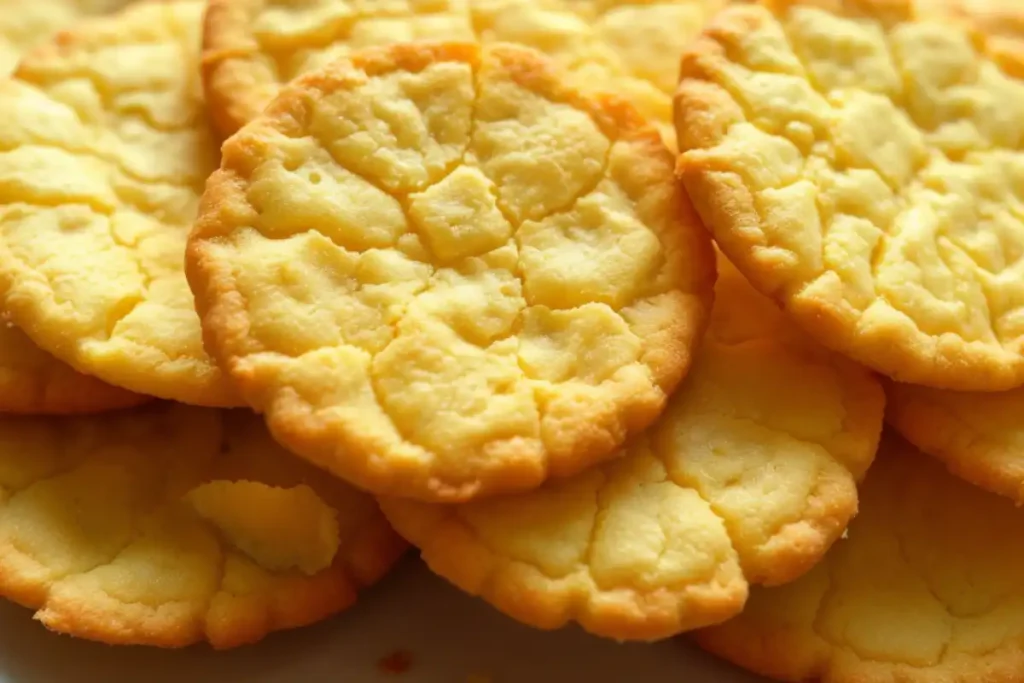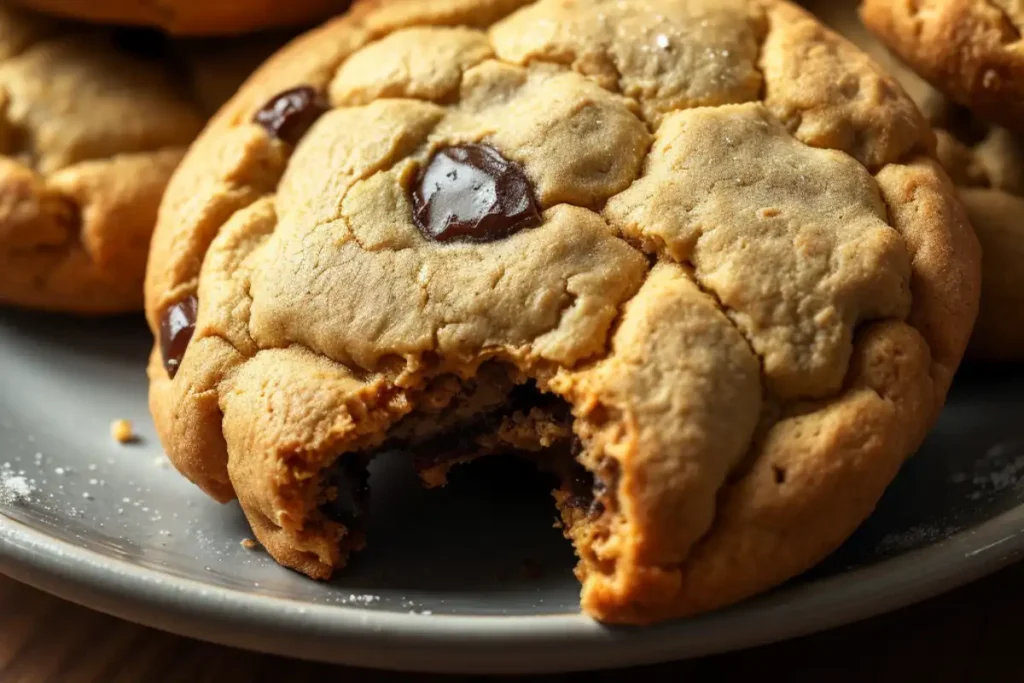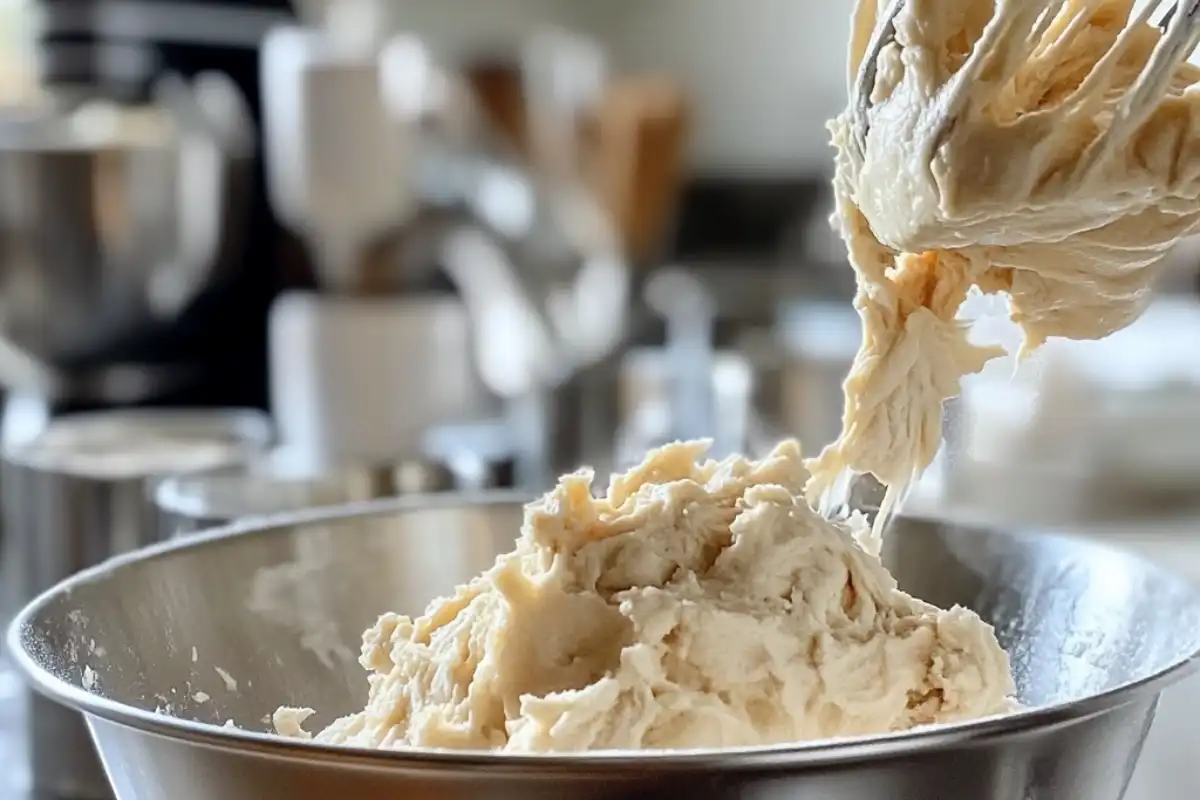Whipping is a fundamental technique in baking, especially when it comes to making cookies. But can you over whip cookies? This is a common question among bakers, and the answer is crucial for achieving the perfect cookie texture. In this article, we’ll explore the science of whipping, the consequences of over-whipping, and how to avoid or fix this common mistake. By the end, you’ll have a thorough understanding of how to achieve the perfect consistency for your cookies.
Understanding the Basics of Whipping in Baking
Introduction to Whipping in Baking
Whipping refers to the process of incorporating air into ingredients like butter, sugar, and eggs to create a light, fluffy texture. This technique is crucial in baking because it influences the final texture of baked goods. Whether you’re making cakes, muffins, or cookies, how you whip your ingredients can make a significant difference.
In the world of baking, achieving the perfect texture in your cookies often begins with mastering the art of whipping. For instance, when making Cool Whip Cake Mix Cookies, the whipping process plays a vital role in the texture of the final product. Properly whipped dough results in cookies that are light, airy, and soft.
Role of Whipping in Cookie Dough
In cookies, whipping is crucial to achieving the desired texture. But can you over whip cookies? Properly whipped dough leads to cookies that are light, airy, and have a soft crumb. The science behind this lies in the aeration of the dough—whipping introduces air, which expands during baking, giving cookies their characteristic rise and texture.
Understanding the science of baking can help you grasp why proper whipping is essential, not just for cookies but for all baked goods. As you whip the dough, the sugar crystals cut into the butter, creating air pockets that trap carbon dioxide released by the leavening agents. These air pockets are what give cookies their lift and fluffy texture, crucial for a perfect bake. However, it’s important to ask, “Can you over whip cookies?” because too much air can negatively affect the dough’s structure and the final product.
Can You Over Whip Cookie Dough?
Exploring the Possibility of Over-Whipping
Yes, it is possible to over-whip cookie dough, and this can lead to undesirable results. Can you over whip cookies without ruining them? Unfortunately, over-whipping occurs when too much air is incorporated into the dough, making it too light and airy. This can cause cookies to spread excessively during baking, becoming thin, crispy, and potentially burnt around the edges. If you’re wondering, “Can you over whip cookies and still achieve a good texture?” the answer is no—over-whipping also affects the gluten in the flour, leading to tough, chewy cookies instead of the tender ones you were hoping for. Knowing how to avoid over-whipping is crucial if you want to ensure the best texture for your cookies.
Signs of Over-Whipped Dough
Identifying over-whipped dough can be tricky, especially if you’re not familiar with the process. Here are some signs to watch out for:
- Dough that is too light and fluffy
- Dough that spreads excessively during baking
- Cookies that come out flat, thin, or overly crisp
If you notice any of these signs, your dough might be over-whipped. Understanding these indicators can help you adjust your technique for better results. It’s always a good idea to test a small batch of dough first before baking an entire tray, as this can give you a clearer indication of whether you’ve over-whipped the dough.
Common Mistakes Leading to Over-Whipping
Over-Mixing vs. Over-Whipping: What’s the Difference?
It’s important to distinguish between over-mixing and over-whipping. While both can negatively impact your cookies, they are not the same. Over-mixing refers to combining ingredients too much, which can excessively develop the gluten in the flour, leading to tough cookies. On the other hand, over-whipping specifically refers to incorporating too much air into the dough.
If you’ve ever wondered why are my cake mix cookies so sticky?, over-whipping could be one of the culprits, as it disrupts the balance of ingredients. Over-mixing can cause the dough to become sticky, while over-whipping can result in an overly airy texture that loses structure during baking.
Common Scenarios Where Over-Whipping Occurs
Over-whipping often happens when bakers try to achieve a light, airy texture but go too far. It can also occur if you’re using a stand mixer on too high a speed for too long. Here are some common scenarios:
- Using the wrong speed on your mixer: A stand mixer is a powerful tool, but it can also lead to over-whipping if not used correctly. Using a high speed for too long introduces more air than necessary, leading to over-whipped dough.
- Whipping for too long: Time is another critical factor. Even if you’re using the right speed, whipping the dough for too long can cause it to become too airy.
- Not paying attention to the consistency of the dough: Baking requires a keen eye and a delicate touch. If you’re not monitoring the consistency of your dough, you might over-whip it without realizing it.
Understanding these scenarios can help you avoid over-whipping in your future baking endeavors. Being mindful of the texture and appearance of your dough throughout the mixing process is key to achieving the best results.

Ideal Whipping Techniques for Different Types of Cookies
Whipping Techniques for Chewy Cookies
For chewy cookies, you want to avoid over-whipping. Instead, whip the butter and sugar just enough to combine them and introduce some air. This will give your cookies a slightly chewy texture without making them too dense or tough.
A good rule of thumb is to beat the butter and sugar together just until they’re combined and have a slightly fluffy appearance. This usually takes about 2-3 minutes on medium speed with a stand mixer. Over-whipping at this stage can result in cookies that are more cakey than chewy, so it’s important to keep an eye on the texture.

Whipping Techniques for Crispy Cookies
Crispy cookies require a bit more whipping to achieve the desired texture. However, you still need to be cautious not to overdo it. Whip the butter and sugar until light and fluffy, then mix in the flour just until combined.
Crispy cookies benefit from a bit more air in the dough, which creates a light, crisp texture. However, the same principles apply: too much whipping can lead to spreading and loss of structure, resulting in thin, overly crisp cookies. Aim for a light, fluffy texture in your dough, but stop as soon as you achieve this.
The Right Equipment for Whipping Cookie Dough
Using the right equipment can make a big difference in how your dough turns out. For best results, use a stand mixer with a paddle attachment. If you don’t have a stand mixer, a hand mixer will work, but be sure to monitor the consistency of the dough closely to avoid over-whipping.
Common baking mistakes often involve using the wrong tools or techniques, so investing in the right equipment can improve your baking significantly. A stand mixer with a paddle attachment is ideal because it mixes the dough evenly without introducing too much air, which helps prevent over-whipping.
How to Fix Over-Whipped Cookie Dough
Techniques to Salvage Over-Whipped Dough
If you’ve accidentally over-whipped your dough, don’t panic. There are a few ways to fix it:
- Chill the dough: Chilling the dough can help it firm up and reduce the spread during baking. This is particularly useful if the dough has become too soft and airy.
- Add more flour: Incorporating a small amount of flour can help balance out the texture. Be careful not to add too much, as this can make the cookies tough.
- Mix in an egg: An extra egg can add moisture and help bring the dough back together. This is especially useful if the dough has become dry or crumbly due to over-whipping.
Ingredients That Can Help Restore Balance
In addition to the techniques mentioned above, certain ingredients can help restore balance to over-whipped dough:
- Cornstarch: Helps absorb excess moisture and can lighten the dough. Adding a tablespoon of cornstarch can help balance the dough’s texture without making it too heavy.
- Butter: Adding a bit more butter can help reduce the airiness. This is especially helpful if the dough has become too light and fluffy due to over-whipping.
- Baking powder: A small amount can help counteract the effects of over-whipping by promoting a more even rise. This is particularly useful in cookies that have become too flat and crisp due to over-whipping.
If your cookies are turning out dense or heavy, it’s similar to when you wonder why is my strawberry cake so dense? – the solution often involves adjusting the ingredients and technique. By making these small adjustments, you can salvage your dough and still achieve delicious cookies.
Preventing Over-Whipping in the Future
Tips and Tricks for Achieving the Perfect Consistency
To prevent over-whipping in the future, follow these tips:
- Use the right speed: Start with a low speed and gradually increase as needed. This allows you to control the amount of air being incorporated into the dough.
- Watch the dough closely: Pay attention to the texture and stop whipping as soon as it reaches the desired consistency. The dough should be smooth and slightly fluffy but not overly light or airy.
- Follow the recipe: Stick to the recommended whipping times and speeds. Over-whipping can often occur when bakers deviate from the recipe, so it’s important to follow the instructions closely.
Visual and Textural Cues to Stop Whipping
Learning to recognize the visual and textural cues of properly whipped dough is crucial. Well-whipped dough should be smooth, slightly aerated, and hold its shape without being too fluffy. If it starts to look overly light or airy, it’s time to stop.
For example, the dough should start to pull away from the sides of the bowl and form a cohesive mass. If it’s still sticking to the sides or appears too fluffy, it’s likely over-whipped. Knowing when to stop is key to preventing over-whipping and achieving the perfect cookie texture.
FAQs
Can You Fix Over-Whipped Cookie Dough?
- Yes, you can fix over-whipped dough by chilling it, adding more flour, or incorporating an extra egg, as mentioned earlier. These techniques can help restore balance to the dough and improve the final texture of your cookies.
How Does Over-Whipping Affect the Baking Process?
Over-whipping can cause the cookies to spread too much, become too thin, and develop a tough texture due to excessive gluten formation. This can lead to cookies that are flat and crisp, rather than light and fluffy.
Can Over-Whipped Dough Be Used for Other Types of Baked Goods?
- In some cases, you can repurpose over-whipped dough for other baked goods, like bars or brownies, where the texture isn’t as critical. However, it’s generally best to try and fix the dough before baking, as this will give you the best results.
What Is the Difference Between Over-Whipped and Under-Whipped Dough?
- Over-whipped dough is too light and airy, leading to flat, thin cookies. Under-whipped dough may not have enough air incorporated, resulting in dense, heavy cookies. Understanding the difference can help you adjust your technique to achieve the desired texture.
Is It Possible to Over-Whip Other Ingredients in Baking?
- Yes, other ingredients like egg whites can also be over-whipped, leading to a loss of volume and structure in the final baked goods. This is particularly important in recipes like meringues or soufflés, where the texture depends on properly whipped egg whites.
Conclusion
In conclusion, whipping is an essential technique in baking, especially when it comes to making cookies. But can you over whip cookies? Yes, and understanding the science behind the process is crucial to avoiding this common mistake. By paying attention to the consistency of your dough and using the right equipment, you can ensure that your cookies turn out perfectly every time.
Techniques for perfect cookies every time are within your reach with the right knowledge and approach. Whether you’re aiming for chewy or crispy cookies, mastering the art of whipping will help you achieve the results you desire.
By incorporating these tips and tricks into your baking routine, you’ll be well on your way to becoming a cookie-baking pro. Remember, if you ever ask yourself, “Can you over whip cookies?” the answer is yes—but with the right technique, you can avoid it and bake perfect cookies every time.
The journey to perfect cookies involves trial and error, but with patience and the right techniques, you can achieve consistent, delicious results every time. Keep these tips in mind, and don’t be afraid to experiment with your recipes to find the perfect balance of flavor, texture, and appearance.

